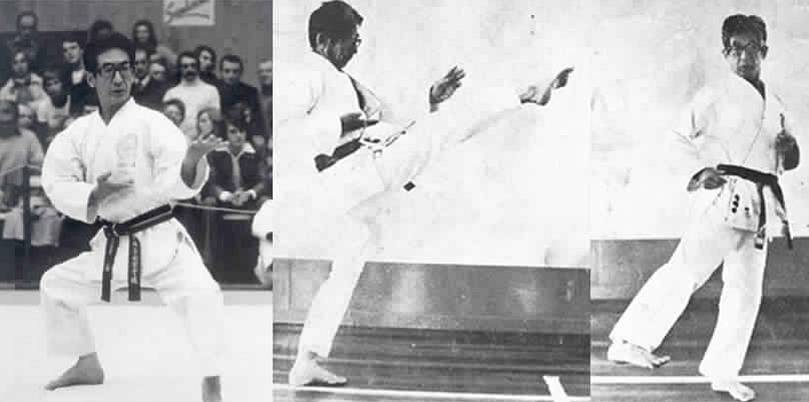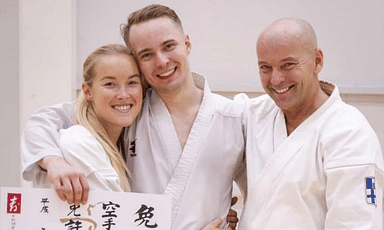Shukokai Karate: We take a look at the rich origins and the spread of the martial art form throughout the world.
For hundreds of years, the people in Okinawa defended themselves from various forms of attack with an art form called ‘Te.’ In the 18th and 19th century, Te oversaw its revival, and further developed into three different forms – ShuriTe, Naha Te and TomariTe.
In 1928, KenwaMabuni, who is known as one of the pioneers in bringing Karate to mainland Japan, began practising an art form called Shito-Ryu. His discovery became a monumental contribution to Karate, as a few years later it would give birth to an entirely different art form, called Shukokai Karate.
–
Martial arts have always been symbols of beauty and transcendence. They’ve been practised over the years in a quest to attain perseverance.
Karate, one of the oldest art forms, is reverential in the way it has been practised over the years. With various levels of skill-attainment (called a ‘belt’) and a hierarchal system centred strictly on the acquisition of knowledge and perfection of the art, Karate has been seen as a venerated school of learning.
Karate has various art forms, each originating from different schools of thoughts and philosophies. They focus on multiple skills and practices. One of the art forms is Shukokai.

What is Shukokai Karate?
To answer the question, we have to flip the pages of history back to 1928, when KenwaMabuni brought an art form called Shito-Ryu.
The formation of Shito-Ryu has an interesting story – Mabuniwas taught by two entirely different masters, KanryoHigaonna (who developed the Naha-te style of karate) and YasutsuneItosu (who developed the Shuri-te style of karate). Mabuni brought the skills and philosophies of the two different styles and created a unique art form, called the Shito-Ryu.
It was then, when ChojiroTani, a disciple of Mabuni, formed Shukokai Karate.
Shukokai is known for its high stances, scientific approach to body mechanics and hard-hitting technique. ChojiroTani brought, for the first time, pad-work into Karate, thus blending the art-form with modern equipment while maintaining the traditional Kihon and Kata.
Kihon and Kata are two of the three ‘Ks’ of Karate (the third being Kumite). Kihon in Karate is similar to vocabulary in language – it is the basics of the art form. Kata refers to the choreographed movements in the practice of Karate which enhance one’s directions, rhythm, speed and power.

As ChojiroTani’s incredible blend of traditional and modern techniques became popular, the art form was brought to the West by two of his senior-most disciples, Sensei Tani and Sensei Kimura. In 1969, Shukokai was recognized with a dedicated federation for the art form, called as The Shukokai Karate Union.
Sensei Kimura spread the art form in Africa as well, before finally settling in the United States, where his persistent efforts were rewarded with the creation of the first Shukokai World Tournament in 1981. Sensei Kimura constantly developed Shukokai karate. He created an impact pad training method. The effectiveness of the technique could be tested safely in different exercises.

Today, there are seven independent branches of Shukokai Karate, two of which were founded by Sensei Kimura himself.
Kimura Shukokai Karate is currently run by Kimura Shukokai International, formed in 1995 after the untimely death of Sensei Kimura. It is currently run by his four most senior students – Shihan Eddie Daniels 9th Dan (Great Britain), Shihan Bill Bressaw 9th Dan (U.S.A), Shihan Chris Thompson 9th Dan and Shihan Lionel Marinus 9th Dan (South Africa).
As Shukokai Karate continued to gain prominence, it also reached the shores of Finland in the 1970s. Concentrated efforts from Shihan YrjöPursiainen 8th Dan (more commonly known as Shihan George) has brought respect and reverence to the Finnish Shukokai Karate Federation.
With time, the Kimura Shukokai International has spread its wings in various countries across Europe, Asia, Africa and North America, thus becoming one of the biggest single-style organizations in the world.

